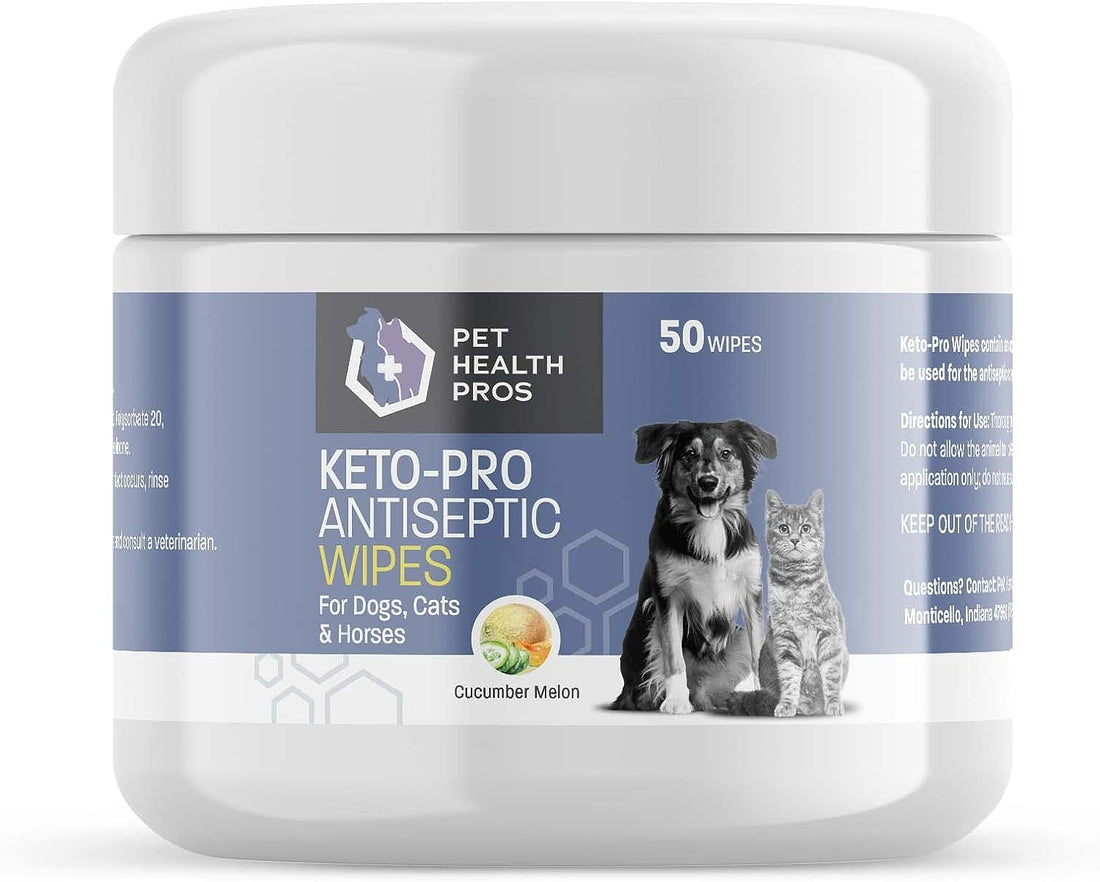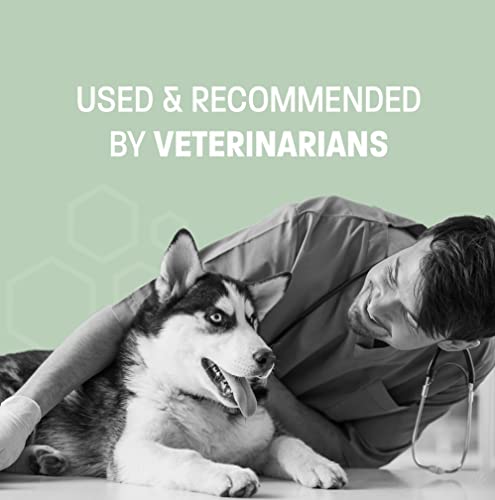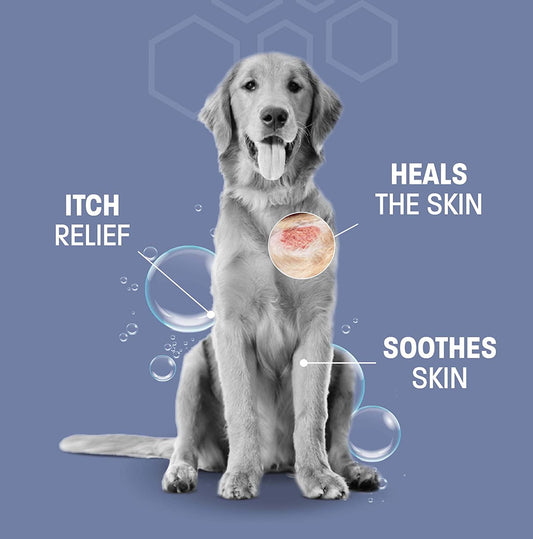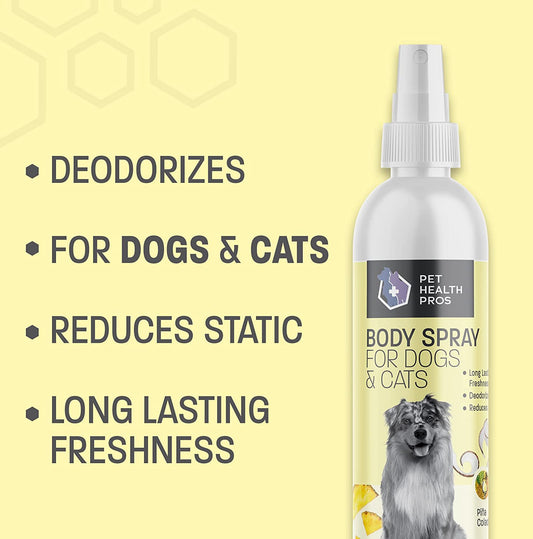Nowadays, infections are becoming more widespread and deadly. An effective solution is the use of chlorhexidine wipes. These wipes kill bacteria and microorganisms on surfaces and body parts. Using them regularly can reduce infection risk.
Chlorhexidine wipes contain a chemical compound which destroys bacteria cells and stops them from growing. This makes them good for hygiene and infection control. Plus, they keep working for a long time after wiping down a surface.
Understanding the importance of preventing infections
Maintaining a healthy environment calls for preventing infections. Chlorhexidine wipes are an effective way to do this. They eliminate harmful bacteria and viruses.
We must understand the impact of hygiene on our lives. Taking proactive steps to reduce infection risk safeguards us and those around us. Using chlorhexidine wipes is a straightforward yet powerful solution.
Chlorhexidine wipes contain an antiseptic solution containing chlorhexidine gluconate. This is scientifically proven to effectively kill pathogens on contact. Incorporating wipes into our daily routine adds another protective layer.
These wipes are also convenient and easy to use. We can take them with us wherever we go and clean without water or soap. This is especially useful in places with limited handwashing facilities.
To ensure effectiveness, use wipes correctly and consistently. First, make sure hands are visibly clean. Gently rub the wipe over hands, including between fingers and under nails. Then, let hands air-dry.
Chlorhexidine wipes can also be used to sanitize frequently touched objects such as doorknobs, phones, and keyboards. Wiping these surfaces regularly with chlorhexidine wipes reduces cross-contamination and stops the spread of pathogens.
To make the most of these wipes, follow these tips:
- Prioritize high-touch surfaces like doorknobs, keyboards, and countertops. Clean them daily with chlorhexidine wipes.
- Wash hands with soap and water regularly, then use chlorhexidine wipes.
- In healthcare environments, use chlorhexidine wipes on medical equipment and surfaces. This can help prevent healthcare-associated infections.
What is Chlorhexidine?
To understand what is chlorhexidine and how it can help prevent infections, let's delve into its properties and mechanism as an antiseptic. By exploring how chlorhexidine works, we can gain valuable insights into its efficacy in promoting cleanliness and reducing the risk of infections.
How Chlorhexidine works as an antiseptic?
Chlorhexidine is an antiseptic compound used in medical settings. It works by binding to bacterial cell walls, resulting in leakage of essential substances and cell death. This makes Chlorhexidine effective against a range of bacteria and fungi.
It's a go-to choice for medical procedures like cleaning skin before surgery, wound irrigation and catheter care. Its long-lasting effects reduce the risk of infection.
Unlike other antiseptics, Chlorhexidine is active even in the presence of organic matter such as blood or pus. This makes it reliable in challenging clinical scenarios.
It was first developed in the mid-20th century by a team at Imperial Chemical Industries (ICI) in England. Initially used as a topical disinfectant and preservative for eye drops, it now has many healthcare applications. Chlorhexidine is an integral part of infection control protocols worldwide, due to its exceptional antimicrobial properties and success in preventing infections.
Benefits of using Chlorhexidine wipes regularly
To reap the benefits of using chlorhexidine wipes regularly, incorporate them as a solution for reducing the risk of infections and killing harmful bacteria and germs. By understanding these sub-sections, you’ll discover the underlying advantages that come with making regular use of chlorhexidine wipes an integral part of your hygiene routine.
Reducing the risk of infections
Fighting off contamination is critical for great wellbeing. A great way to do this is with Chlorhexidine wipes. These wipes offer many advantages which can greatly reduce the danger of infections.
- Chlorhexidine wipes have strong antimicrobial properties. This means they can wipe out different types of bacteria and fungi. By wiping out these bad microorganisms from surfaces, the wipes help stop diseases from spreading.
- Chlorhexidine wipes make a defensive layer on the skin that can last for several hours. This layer adds another shield against germs, lessening the chance of becoming infected by contact with contaminated surfaces.
- Using Chlorhexidine wipes routinely can help protect against surgical site infections. These wipes are used before surgery to clean the patient's skin and create a sterile environment, lessening the risk of post-operation infections.
Also, Chlorhexidine wipes are mild on the skin and won't cause soreness or dryness. This makes them okay for frequent use without hurting skin health.
Using Chlorhexidine wipes is not only a great way to reduce infection risks, it is also a great way to take care of yourself. Don't wait too long, start using Chlorhexidine wipes now and keep yourself safe!
Killing Harmful Bacteria And Germs
Chlorhexidine wipes are super-strong! They kill off germs and bacteria, helping stop the spread of sickness and disease. You can use them on surfaces like countertops, doorknobs, and medical equipment. Make them part of your routine and you'll keep yourself and others in a sanitary environment.
Plus, Chlorhexidine wipes stay effective over time! This gives them an edge over regular cleaning agents. Healthcare professionals recommend them, too - lots of hospitals and clinics use them to stay sterile.
Step-By-Step Guide On Using Chlorhexidine Wipes
To ensure a successful and effective use of Chlorhexidine wipes, follow this step-by-step guide. Begin by choosing the right type of wipes for your specific needs.
Next, properly prepare the area that requires cleaning. Finally, master the proper technique for using the wipes to maximize their benefits in preventing infections.
Choosing the right type of wipes
Did you know- Chlorhexidine wipes have been used for over six decades!
Discovered in the UK in the 1950s, it gained popularity due to its impressive ability to kill bacteria for a long time. This makes it ideal for medical professionals and individuals seeking long-lasting protection.
When choosing wipes, consider more than just cleaning. Think about the disinfection level needed and the surface or skin they will be used on. This way, you can pick the best wipes for your needs and guarantee a safe and hygienic environment.
| Type of Wipe | Ideal For | Active Ingredient | Suitable Surfaces |
| Alcohol-based | Quick disinfection |
Isopropyl alcohol
|
Hard surfaces |
| Chlorhexidine | Persistent effect | Chlorhexidine gluconate | Skin, wound care |
| Bleach-based | Powerful cleaning | Sodium hypochlorite | Non-porous surfaces |
Preparing The Area For Cleaning
- Clear the space: Throw away any objects or debris. This will let you clean without any obstructions.
- Wear PPE: Put on gloves and masks to protect yourself from potential contaminants.
- Check compatibility: Make sure Chlorhexidine wipes are suitable for the surface you're cleaning.
- Get a wipe: Gently unfold a fresh Chlorhexidine wipe from its packaging. Make sure it's not too wet or too dry.
- Clean in an organized way: Start wiping from one end of the area to the other. Don't forget to get into the corners and hard-to-reach spots.
Chlorhexidine wipes provide broad-spectrum antimicrobial properties that fight bacteria and fungi. They're great for hospitals, households, and public spaces.
In addition, research shows that Chlorhexidine wipes can help reduce infection rates significantly. An example is a hospital that saw a drop in healthcare-associated infections when they used these wipes in different wards and units.
So, use Chlorhexidine wipes to keep your environment safe and clean. Follow the steps above for best results!
Proper Technique For Using The Wipes
Using Chlorhexidine wipes the right way is essential to get optimal results. Here's a step-by-step guide to help you use them effectively:
- Wash your hands with soap and water first. This is to get rid of dirt and germs.
- Open the package and take one wipe out without touching its surface.
- Unfold the wipe and start cleaning the area that needs disinfection. Make sure to cover the whole area and push down with moderate pressure.
- Throw away the wipe in a special bin. Don't flush it down the toilet or put it in normal trash bins.
Remember to only use Chlorhexidine wipes on intact skin surfaces, not on open wounds or mucous membranes. Keep away from sensitive areas like eyes or mouth.
Let's explore some facts about Chlorhexidine wipes:
- They have been used in healthcare settings for their broad-spectrum antimicrobial properties. These wipes are used for preoperative skin antisepsis, preventing infections in surgical procedures, central line-associated bloodstream infections (CLABSIs), catheter site care, etc.
- Chlorhexidine wipes are better than traditional antiseptics because of their persistent activity against many microorganisms. The active ingredient gives both immediate and residual effects, providing protection even after application.
- Chlorhexidine was launched by Imperial Chemical Industries (ICI) in 1954 under the brand name Hibiclens. It has become a go-to product in healthcare settings and homes.
It's important to use Chlorhexidine wipes the right way for maximum disinfection. By following the correct technique and understanding the product's benefits, you can have effective hygiene practices and reduce the risk of infections.
Precautions And Safety Measures
To ensure precautions and safety measures while using Chlorhexidine wipes, explore the potential side effects of Chlorhexidine and learn the proper storage and disposal methods. This knowledge will help you use Chlorhexidine wipes effectively and prevent any harm or misuse.
Potential side effects of Chlorhexidine
Chlorhexidine is a great antiseptic with many benefits. But, like all medications, it can have potential side effects. Here are the ones to watch out for:
- Staining: Chlorhexidine may stain teeth, oral tissues, and surfaces it comes in contact with.
- Taste changes: Some may have a temporary change in taste after using the mouthwash.
- Mouth and throat irritation: Rarely, it may cause irritation in the mouth and throat.
- Allergic reactions: In rare cases, a person may get an allergic reaction with symptoms such as rash, itching, or difficulty breathing.
- Skin dryness or peeling: Long-term or too much application may lead to dryness or peeling of the skin.
- Gastrointestinal problems: Ingestion of Chlorhexidine can cause stomach upset or diarrhea.
Remember, these side effects are usually temporary and uncommon. If you experience any unusual symptoms or discomfort, see a doctor.
Pro Tip: To avoid staining, rinse your mouth with water before and after each use of Chlorhexidine mouthwash. This can help reduce discoloration on teeth and other tissues.
Proper storage and disposal of Chlorhexidine wipes
Chlorhexidine wipes are essential for hygiene and infection prevention. It's important to store and dispose of them correctly, for effectiveness and safety. Here's what to remember:
- Keep them in a cool, dry place, away from sunlight and heat sources. This preserves their integrity and stops them drying out.
- Store them in their packet or clean, airtight container. This protects them from dirt, moisture, and other contaminants.
- Don't store them near chemicals or strong odors. These substances can weaken or contaminate them.
- Follow local regulations for waste disposal. Don't flush them down the toilet or put in regular trash bins - this harms the environment and is unhealthy.
- If unsure, ask healthcare professionals or refer to the manufacturer's instructions.
It's vital to handle Chlorhexidine wipes carefully, as incorrect storage or disposal can reduce their effectiveness and cause infection. Also, remember to check the expiration date before using them. Expired products won't protect against infections.
Conclusion
Chlorhexidine wipes are a must-have in infection prevention. Their use can cut down the potential for acquiring germs and viruses. These wipes are effective against many microorganisms and can be employed in various places, such as hospitals, clinics, and even homes.
The use of chlorhexidine wipes has been found to be helpful in keeping healthcare-associated infections at bay. They contain chlorhexidine gluconate, which is known for its strong germ-fighting powers. Wiping surfaces with these wipes cuts down the chance of contamination, making it safer for patients and healthcare workers.
Plus, chlorhexidine wipes don't just combat bacteria, but some enveloped viruses too. This makes them very useful during virus outbreaks, like influenza or COVID-19. Using them often helps stop the spread of infectious diseases and safeguard people from sickness.
It is crucial to remember that while chlorhexidine wipes are great for infection prevention, they should not take the place of other important measures like proper hand hygiene and correct disinfection protocols. These wipes should be used as an extra layer of protection to ensure complete infection control practices.
Pro Tip: Always follow the manufacturer's instructions when using chlorhexidine wipes for maximum efficiency.
Additional resources and references
Unlock the world of scientific literature with research studies that uncover the power of chlorhexidine wipes in preventing infections. These studies offer evidence-based insights to help you make informed decisions.
Uncover expert opinions from esteemed healthcare professionals with knowledge and experience in infection prevention. Their guidance can be invaluable when incorporating chlorhexidine wipes into your daily routine.
Discover educational materials such as brochures, pamphlets, and online resources that provide detailed instructions on the proper use of chlorhexidine wipes. This information can ensure you maximize the wipes' benefits.
It is important to stay up-to-date with the latest research and advancements in infection prevention. Refer to additional resources and references to stay informed about the newest techniques and strategies to strengthen your disease prevention.
Harness the power of knowledge and make regular use of chlorhexidine wipes part of your infection prevention plan now! Don't miss out on vital insights that can protect your health and wellbeing.
Frequently Asked Questions
What are chlorhexidine wipes?
Chlorhexidine wipes are pre-moistened disposable wipes that contain the antiseptic chlorhexidine. They are used to clean and disinfect the skin to prevent infections.
How do chlorhexidine wipes help in preventing infections?
Chlorhexidine wipes work by killing bacteria on the skin and reducing the risk of infection. Regular use of these wipes can help prevent the spread of harmful bacteria and viruses.
When should I use chlorhexidine wipes?
Chlorhexidine wipes should be used before any medical procedure, such as surgery or inserting a catheter. They are also beneficial in daily personal hygiene routines to maintain cleanliness and reduce the risk of infections.
Are chlorhexidine wipes safe to use?
Yes, chlorhexidine wipes are generally safe to use. However, it's important to follow the instructions provided by the manufacturer and avoid contact with eyes, ears, and open wounds. If you experience any allergic reactions or irritation, discontinue use and consult a healthcare professional.
Can chlorhexidine wipes be used on infants and children?
Chlorhexidine wipes are generally safe to use on infants and children. However, it's recommended to consult with a healthcare professional before using them on newborns or children with sensitive skin.
Where can I purchase chlorhexidine wipes?
You can purchase chlorhexidine wipes at most pharmacies, drugstores, and online retailers. They are available both over-the-counter and with a prescription, depending on the concentration of chlorhexidine.









